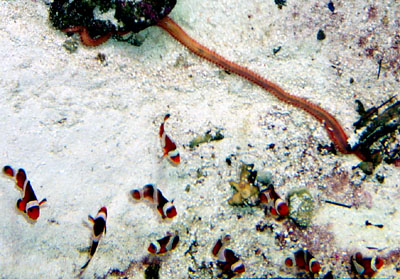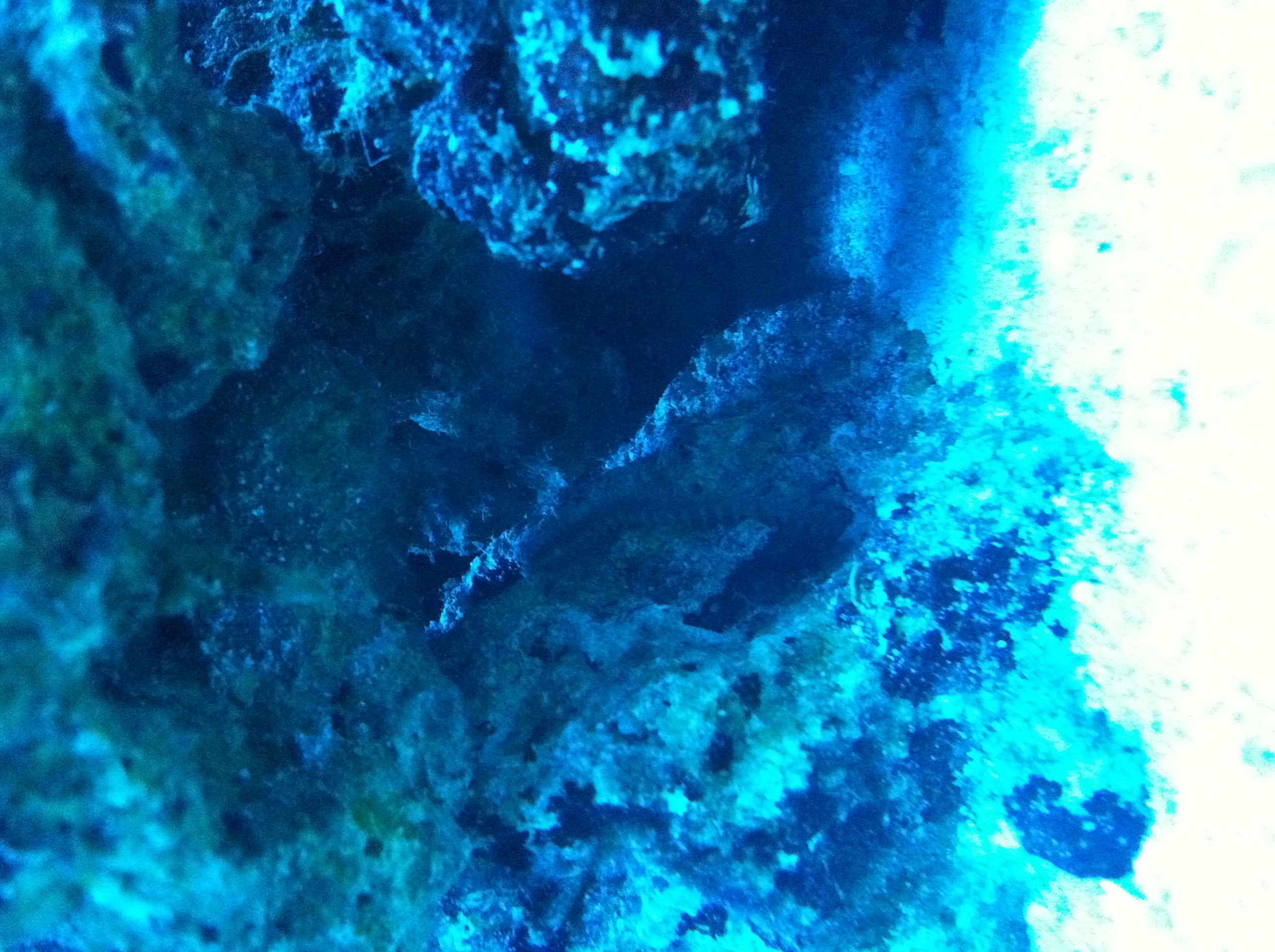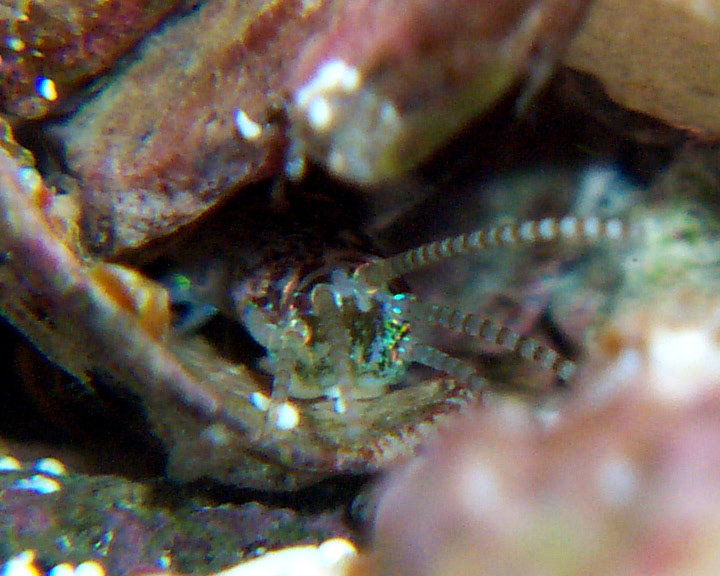6+ inch long bristle worm?
- Thread starter ekelly36
- Start date
flower
Well-Known Member
Quote:
Originally Posted by reefkprZ http:///t/390610/6-inch-long-bristle-worm#post_3460136
I have had standard bristle worms that could stretch out 18 inches easily in my 65g I took a picture of it but I cant seem to find it.
Really??? Those two toned ones get that big? or Do you have the big centipede looking ones???
I learn something new here all the time....I have taken my entire tank apart to get a worm out of a rock, but I was missing coral. A whole head off of a torch coral disappeared overnight. How do you tell the good guys from the bad ones?
Originally Posted by reefkprZ http:///t/390610/6-inch-long-bristle-worm#post_3460136
I have had standard bristle worms that could stretch out 18 inches easily in my 65g I took a picture of it but I cant seem to find it.
Really??? Those two toned ones get that big? or Do you have the big centipede looking ones???
I learn something new here all the time....I have taken my entire tank apart to get a worm out of a rock, but I was missing coral. A whole head off of a torch coral disappeared overnight. How do you tell the good guys from the bad ones?
bang guy
Moderator
Quote:
Originally Posted by NJBillyV http:///t/390610/6-inch-long-bristle-worm#post_3460099
I've got a couple that big in my 75 g. Not the most attractive guys but still great members of the CUC. So if you don't mind looking at him I say let him be. If not, then lure him out with food or get him at night.
+1
If you don't notice anything being actively destroyed then it's most likely a detritus/carrion consumer and beneficial. Contrary to popular myth they don't change their diet when they get large.
Originally Posted by NJBillyV http:///t/390610/6-inch-long-bristle-worm#post_3460099
I've got a couple that big in my 75 g. Not the most attractive guys but still great members of the CUC. So if you don't mind looking at him I say let him be. If not, then lure him out with food or get him at night.
+1
If you don't notice anything being actively destroyed then it's most likely a detritus/carrion consumer and beneficial. Contrary to popular myth they don't change their diet when they get large.
bang guy
Moderator
There are only a few species that can eat coral. The majority of them are irridescent with 5 antenna. There is one noteable exception called the Bearded Fireworm - Hermodice carunculata. I've never had one of these but they can eat coral. The majority of other Fireworms cannot eat living tissue at all.
Here's one I kept to clean up my Clownfish growout tank. It did an outstanding job.

Here's one I kept to clean up my Clownfish growout tank. It did an outstanding job.

njbillyv
Member
This is kinda funny, my wife and I have an ongoing battle over these guys, sort of like the leg lamp in Christmas Story. I like the little buggers but she finds them off-putting. So far though, I'm winning! I use the "If we bought a cute little puppy that grew up to be a not so hot looking dog, would you put him to sleep?" argument. Followed by "Don't be a hater!". Although, I'm sure accomodations will eventually have to be made.



